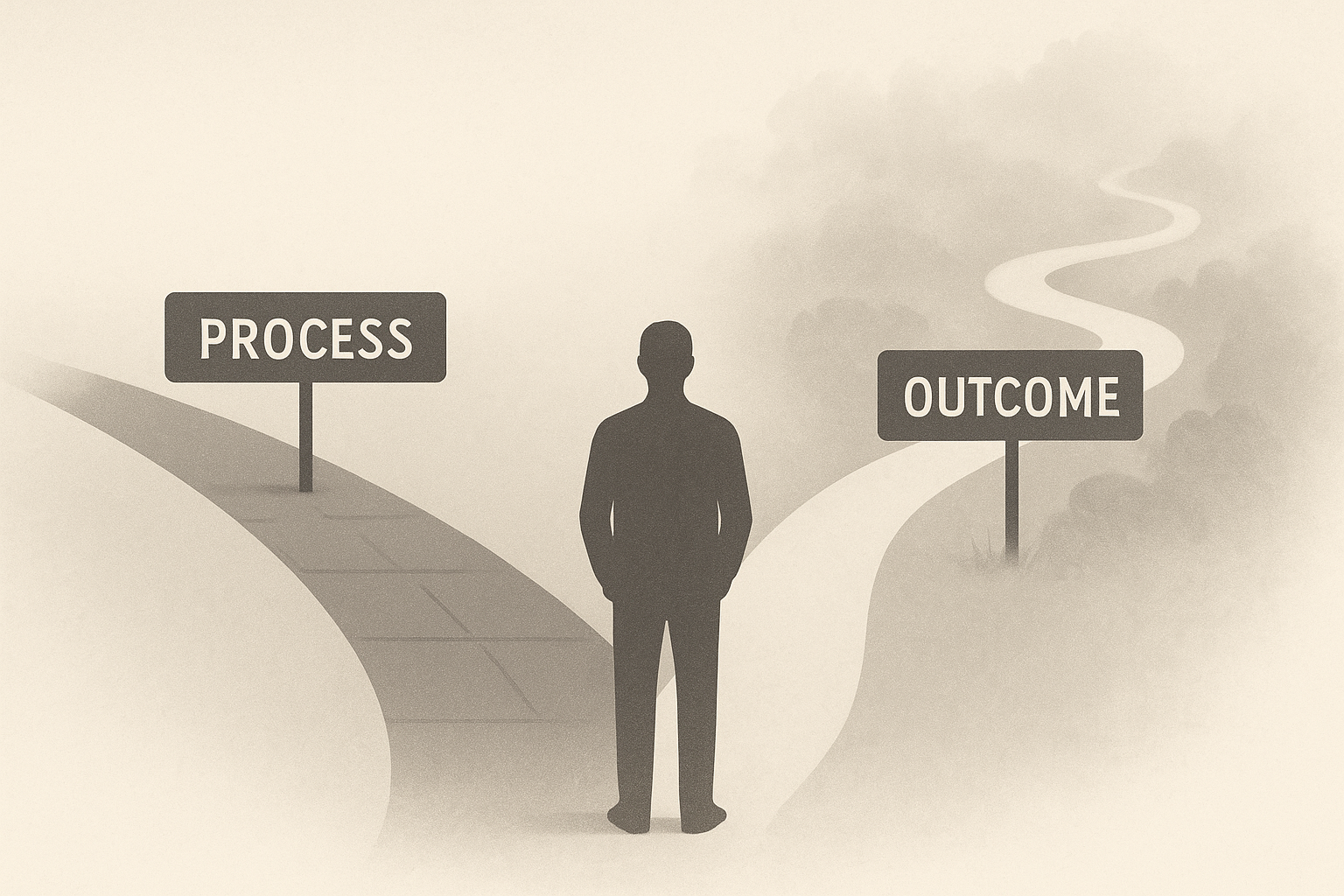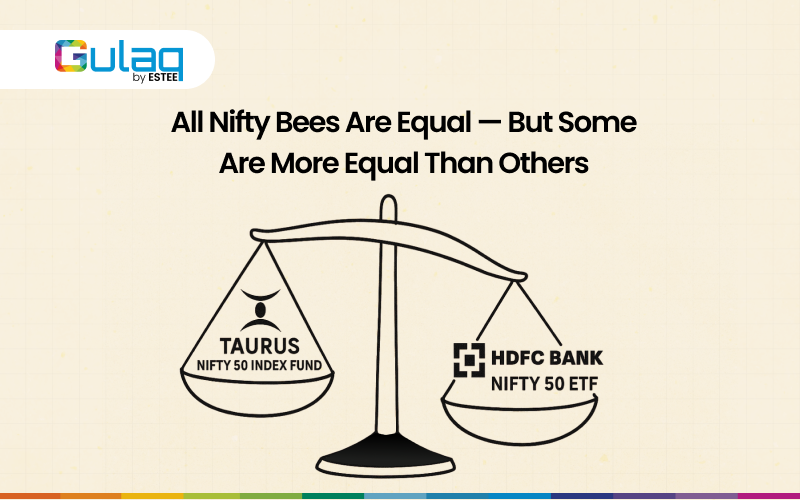
Identifying Overvalued Stocks: A Proof by Contradiction Approach
Proof by contradiction is a logical method used in mathematics to prove a statement by assuming the opposite of what you want to prove. If this assumption leads to a logical contradiction or an absurd conclusion, then the original statement must be true.
In this blog, I will show how this method can be used to identify overheated valuations of assets.
But first!
Price Vs. Value
Oscar Wilde described a cynic as someone who “knows the price of everything, but the value of nothing.” Price and value are often used interchangeably, but there is an important distinction between the two – price is what you pay, and value is what you get.
- Price is driven by demand and supply. The last traded price is known to every market participant.
- Value is driven by the estimated future cash flows of the asset. Since the word “estimated” is used, it means every person valuing a company will end up with different values depending on the assumptions they have taken.
If Price > Value – the asset is overvalued.
If Price = Value – the asset is fairly valued.
If Price < Value – the asset is undervalued.
How to Test Heated Valuations?
Proof by contradiction method suggests that you should assume the opposite of what you are trying to prove. So, to test if the current market valuation of a stock is overheated, start by assuming that the valuation is correct.
Next, use an appropriate risk-adjusted required rate of return to estimate the future cash flows the stock would need to generate to justify its valuation. Compare these estimated cash flows with the current cash flows and try to bridge the gap between the two. If you fail to find any convincing evidence that the estimated and current cash flows would converge, the most logical conclusion is that the current market valuations are absurd.
How Warren Buffett Used This Method During the Dot-Com Bubble
Warren Buffett used this method to solve the dot-com bubble. During the early 2000s, internet companies were soaring, the stock market was at an all-time high, and people were making huge amounts of money merely by investing in any company that had a “.com” at the end of its name.
Buffet, however, refused to participate in this speculative mania and as a result, Berkshire Hathaway had significantly underperformed from the rest of the market. When questioned about this during a shareholder meeting, Buffett used this method to demonstrate the market's irrationality.
He began by assuming that the current market valuation of internet companies was correct and assumed a 10% required rate of return. He then estimated the expected cash flows that these companies should generate to justify these valuations.
He concluded that the internet companies would have to generate about $50 to $80 billion in annual cash flows (depending upon the timing of cash flows) to justify their current market valuation.
Since no business around the time was generating such kind of cash flows, the only logical explanation was that the markets were in a bubble.
In Summary
In summary, proof by contradiction is a strong mathematical principle whose application extends beyond just math books. Thinking clearly is much more important than anything else in a market filled with noise. By building an arsenal of mental models that help you think clearly, you can gain a significant advantage over others who are easily swayed by noise.
Related Posts
Process Matters More Than Outcome
I have spent nearly a decade of my life trading energy derivatives, and today I…
Is Market Cap the Best Way to Build an Index?
Nifty 50 is a free-float weighted index – a slight variation of market cap weighted…
3 Books That Changed How I Think About Risk and Markets
Over the past two decades, I’ve built a quiet but consistent habit — reading. Not…
All Nifty Bees Are Equal — But Some Are More Equal Than Others
The title, inspired by George Orwell’s classic Animal Farm, perfectly captures the essence of this…








